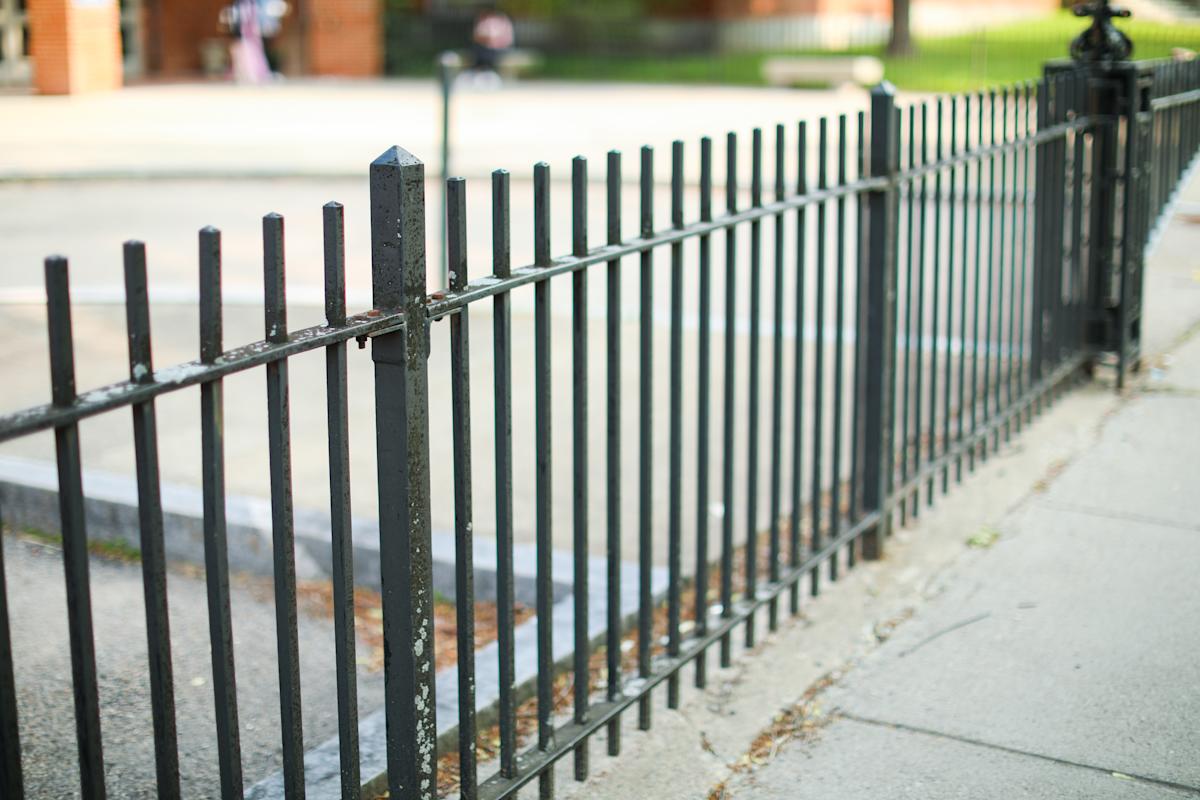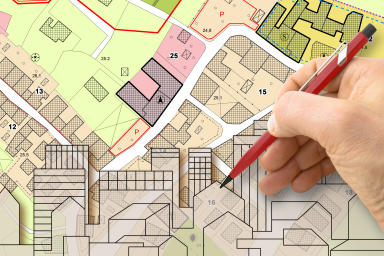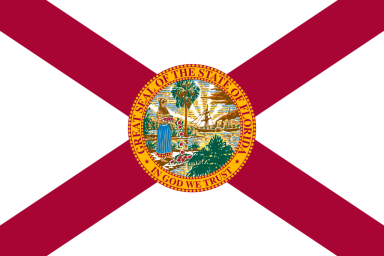What To Know About Property Boundaries

You should understand the nuances of property boundaries before taking on a big project like a fence or assisted dwelling unit (ADU). Property lines, also known as plats, are the legal boundaries for a piece of land that distinguishes it from others. Often property lines do not follow obvious boundaries, and disputes over property lines can cause serious rifts between neighbors. Knowing your local property laws and your plat’s measurements can save you time, frustration, and money.
What Is a Property Line?
A property line is a legal boundary that defines where your property begins and ends. Property lines divide the land and dictate the property owner of each portion. These boundaries are particularly important when homeowners are installing new features, such as pools and fences. While some property lines have physical markers, others are unmarked. It is essential that homeowners understand the terminology of property lines before making potential changes to their homes. For example, frontage is the property line in front of a house, which determines how the distance of the land is measured. The lines that mark the boundaries of a property on the sides of a home are known as sidelines.
The owner of each plot is responsible for maintaining their land within the boundaries and paying the required property taxes. Additionally, owners have the right to improve the property as long as they observe local zoning regulations and homeowners association (HOA) laws.
How Do I Find My Property Lines?
There are many ways to find your property lines. Many resources are widely available and can be accessed online for free. Though some property lines follow obvious boundaries like rivers, roads, and ditches, there are other cases where those lines are invisible. In these circumstances, certified legal records are the most important proof of the legal boundaries for your property. Having a copy of these records is key before beginning any home improvement projects to ensure you do not encroach on your neighbor’s property.
Check Your Paperwork
A “plat” or a property line map depicts the boundaries of the property and often includes a variety of environmental features that may impact those lines. These features include bodies of water, structures, and elevations. Luckily, most plats are included in the property’s basic paperwork.
If you do not have a copy of the plat, review the property’s deed. Most property deeds contain a description of the land’s legal boundaries as default. In the case that your property deed does not contain this information, you should have access to an older deed for the same property that includes the property lines. Be advised that an expired deed could be out-of-date and require updating. Homeowners should do a property tour to double-check that the property lines are accurate before future developments.
Contact the Local Assessor’s Office
Plats are usually included with your property’s basic paperwork, but if you don’t have a copy already, you can go to your local assessor’s office. As many offices digitize their records, Many of these publicly recorded documents can be accessed conveniently online. Relevant documents include the deed and the plat map, which contains the legal description of the property and the property’s outline alongside others in the area.
Purchase a New Land Survey
Property line surveys take precise measurements of a piece of land’s boundaries and can be done at any time. If you purchased your home recently, it is likely that a land survey was done and the paperwork included within your property deed. Many mortgage lenders usually require new surveys before someone can purchase a property. If you do not have a copy of the land survey, you can hire a professional surveyor to complete one. However, licensed land surveyors do more than measure the property with exacting specificity. These professionals can research the home’s history regarding subdivision lines and ecological restrictions. It is important to hire a qualified and knowledgeable land surveyor to perform the survey, as it requires particular expertise to provide accurate information.
Perform a DIY Survey
If you are not afraid of hard work, you can always measure the property yourself with a tape measure. However, this option is only advised if you have the official records to visually confirm the property lines. Pick a point you can easily identify in your deed’s description as a starting place. Measure the distance to the property’s edge and put a marker at that point. Once you have your beginning marker, you can repeat this process until you’ve compared your measurements to the plat or deed.
Check Out Google Maps
If you type in an exact address on Google Maps, you can see some property lines by zooming into the property. I would not rely on this method as the sole proof of the property’s boundaries since this method is not universally available.
Download an App
If you want property lines at your fingertips and don’t mind paying a small fee, there are many apps that show property boundaries. LandGlide is the most advanced and comprehensive property line map application that can be accessed by any device. This mobile app uses GPS technology to determine your plot’s unique property lines for over 150 million plats across the U.S. LandGlide has a free seven-day trial that users can sign up for before it reverts to a paid subscription (monthly or annual). The app also features a notes section where users can plan for future improvements or landscape changes.
How To Get Your Property Lines Marked
Before building a new structure, it is vital to have a professional come out and mark the property lines.
Survey pins can be moved over time and are not always an accurate marker. The only legally binding method to determine exact property lines is to have a professional survey.
A property survey can determine where and how you build, from local building codes to ecological restrictions. A professional survey is a financial investment, costing anywhere from a few hundred dollars to over a thousand, depending on the size of the property, but a necessary one if you want to ensure you aren’t breaking the law.
Can My Neighbor Build a Fence on the Property Line?
Whether your neighbor can build a fence on a shared property line depends on your state’s laws. Some areas allow for building on property lines without legally notifying a neighbor, while others require express permission from the other party to install a fence. It is recommended to have an attorney draft a specific agreement that states both parties agree to the new feature to avoid potential legal disputes.
How Close to the Property Line Am I Allowed to Build?
Once again, the parameters of where and how you can build depend on where the property is located. The exact amount a structure needs to be set back from the property line will vary widely from one location to another. Review your local building regulations to determine where you can place the structure before beginning the build.
What Is the Legal Process for Property Disputes?
The legal process for property disputes can be a contentious one if both parties are unwilling to work together. Dispute litigation can cost a fortune and take a long time. Most lawyers recommend resolving the issue directly with your neighbor first. If settlement is out of the question, you may need to hire an attorney to proceed. When it comes to property disputes, you should work with an experienced property dispute lawyer. Whether you’re filing a property dispute against your neighbor or defending a dispute, you will need an attorney that understands local property laws. Search Expertise.com’s real estate attorney directory and concierge program to find local experts who can help you navigate the property dispute process.
1. Understand Property Issue
The most important step in a property dispute is understanding what the boundary issue is in the first place. Once both parties agree on the boundary issue, you can work together to resolve it without escalating the claim. Try to find a solution with your neighboring property owner to avoid the high cost of attorney’s fees. If you cannot come to an agreement or there is an outstanding disagreement on the boundary issue, then it may be time to hire a property lawyer who can mediate between both parties.
2. Send Demand Letter
If both parties cannot reach an agreement, the next step is to send a demand letter. Hire an attorney to draft the letter and explain your legal grounds. The letter will outline the property dispute and give your neighbor the option to respond via a requested action, or it will provide a reasonable price for settling out of court.
3. Go to Court or Settle
The best option for both parties is to settle the dispute out of court to avoid costly legal fees. However, if negotiations are not moving forward, it may be necessary to file the dispute with the court. The court will examine the evidence closely and make a legally-binding decision that both parties must follow. To get the result you want, it is usually best to settle with the other party.
Expertise.com StaffAuthor
Step into the world of Expertise.com, your go-to hub for credible insights. We don't take accuracy lightly around here. Our squad of expert reviewers, each a maestro in their field, has given the green light to every single article you'll find. From rigorous fact-checking to meticulous evaluations of service providers, we've got it all covered. So feel free to dive in and explore. The information you'll uncover has been stamped with the seal of approval by our top-notch experts.


![Much Does a Real Estate Attorney Cost? [2023]](https://images.ctfassets.net/k00sbju4hbzq/jeHWDk6nRgicyElptqWc9/474a20dc2dd2f4a8ddcd39a477001e61/Depositphotos_162710700_XL.jpg?fit=fill&w=384&q=75)

